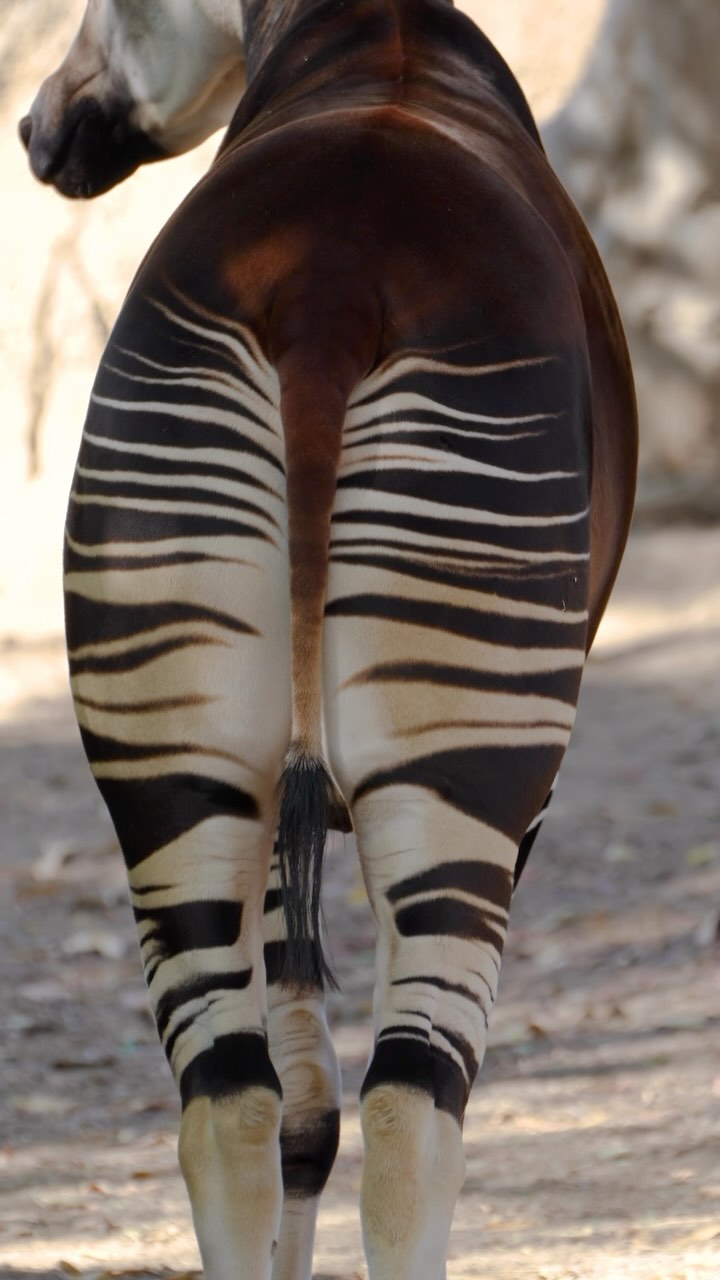- Examination of animal rears as an evolution of functionality and aesthetics in the animal kingdom.
- Analysis of the role of a creature’s posture and movement linked to its rear anatomy in different species.
- The significance of rear anatomy in aiding survival, including camouflage, mating rituals, and predator avoidance.
- Insights into conservation efforts that focus on preserving species through understanding their unique physical traits.
- Exploration of how modern zoo management utilizes knowledge of animal rear anatomy for enhanced care and habitat design.
In the animal kingdom, the structure and function of a creature’s rear end hold more significance than many might assume. These appendages are more than just a termination point for a creature’s body—they play vital roles in evolution, survival, and species interaction. Today, let us explore what the ‘new rear is here’ concept signifies and why paying homage to animal posteriors from 2024 is a cause for celebration.
Each species inherits its rear structure through the evolutionary process, which combines aesthetic appeal with functional utility. From the majestic peacock with its eye-catching plumage to the utilitarian tails of monkeys, animal rears are crafted by natural selection for survival and reproduction. Peacocks, for instance, use their vibrant tail feathers to attract mates, a classic example of sexual selection. In contrast, primates employ their tails for balance and communication, vital for arboreal lifestyles.
Animal postures often correspond intricately with their rear anatomy. Consider the cheetah, whose muscular tail aids in high-speed turns during a hunt. Its rear is designed for agility and speed. Contrast this with the rear end of a tortoise, where the sturdy, robust shell offers protection, emphasizing endurance over speed. The anatomical differences manifest in various postures, showcasing an evolutionary landscape catering to each species’ niche.
Rear anatomy is paramount in an animal’s survival strategy. It contributes to camouflage, predator evasion, and mating displays. The dazzling tails of certain lizards can break off to distract predators, while the conspicuous, yet functionally crucial, red coloring on a baboon’s hindquarters signals fertility. Such adaptations underline the importance of tail and hind anatomy beyond mere biological necessity, promoting their role in ecosystem dynamics and biodiversity.
In conservation, understanding these physical attributes can be critical for species preservation. By studying the specific needs and adaptations linked to the rear anatomy of various animals, wildlife conservationists can formulate tailored strategies to foster thriving populations. Protecting the habitats where these traits are advantageous ensures the continuity of ecological roles played by these species, contributing to a balanced environment.
Modern zoos integrate insights on animal anatomy to enhance animal care and habitat design. Acknowledging the importance of an animal’s posterior region aids in creating environments that cater to natural behaviors. Zoos can mimic natural settings that allow species to utilize their rear anatomy beneficially, whether it’s providing ample climbing structures for monkeys or water bodies for hippos, ensuring physical and mental well-being.
The “new rear” concept highlights a focus on understanding and celebrating animal diversity through a lens that might have been underestimated in the past. As zoologists and conservationists, appreciating these aspects allows us to glimpse into the intricacies of an animal’s life and survival. As we look back at the animal world’s unique traits in 2024, there is a rich tapestry of science, conservation, and admiration that continues to unfold, centered around the often-overlooked features of fauna anatomy.
*****
Source Description
The new rear is here and we couldn’t help butt celebrate by looking back at the tushies of 2024 🎉


